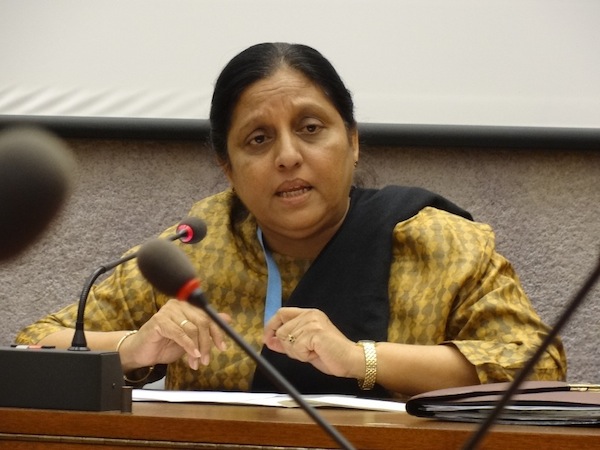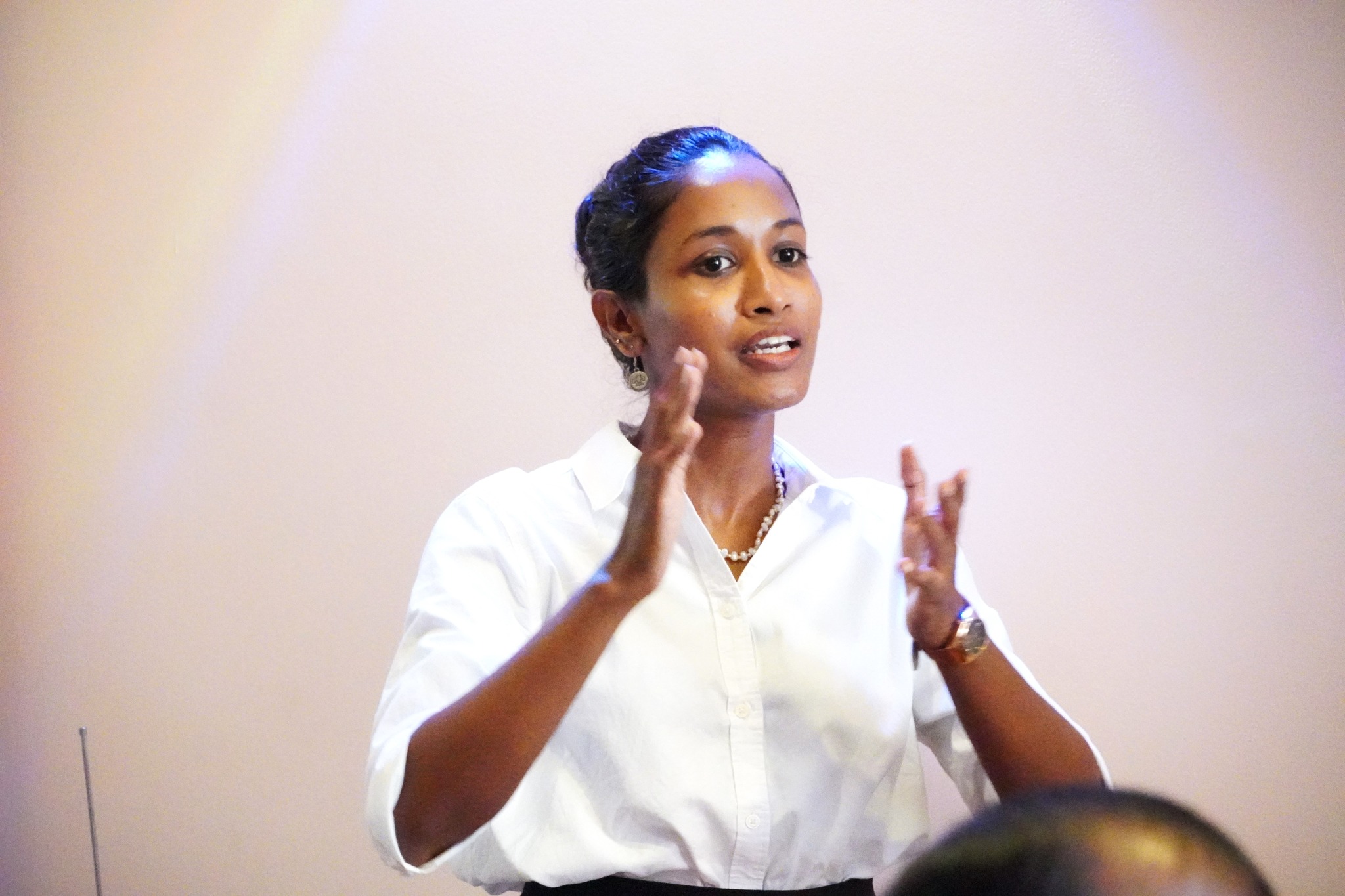“Our village, located in Vadamarachchi, Jaffna district, is a Tamil village of Tamil Buddhists,” says Dharma, a Tamil Buddhist from the Northern Province of Sri Lanka. He explains that the village wasn’t always inhabited by Tamil Buddhists, but was originally home to toddy tappers oppressed by the caste system. After Sri Lanka’s independence, caste discrimination was rampant in Jaffna, denying oppressed communities basic rights like access to food, education, and healthcare.
Protests against caste discrimination led some village leaders to adopt Buddhism, with the help of Buddhist monks from other regions. This brought about significant change, and by the 1960s, Buddhism had become more prominent in the village. However, during the LTTE’s control of Jaffna, the village’s connection to Buddhism weakened, and the younger generation lost touch with it. After the war, these ties were revived, and the youth began reconnecting with Tamil Buddhism.
Tamil Buddhists have a long history in Sri Lanka, although they are often overlooked in historical records. According to Professor G.P.V. Somaratne, the transformation of Sri Lanka’s social and political landscape in the 13th and 14th centuries affected the prominence of Buddhism and other faiths. The collapse of the hydraulic civilization and the shift of wealth and power to the southwest led to a decline in the Buddhist presence in Tamil areas (Somaratne 144).
Buddhism in ancient Tamil Nadu had a strong influence on Sri Lanka, especially in the northern regions. However, much of Tamil Buddhism has been ignored by Sinhalese monks, and there has been little research on its role in Sri Lankan history. Scholars believe that Mahinda Thera, the emissary of Emperor Ashoka, spread Buddhism in Tamil Nadu before bringing it to Sri Lanka. Tamil Nadu even produced some of the most notable Buddhist scholars, such as Buddhaghosa, Buddhadatta, and Dharmapala (Perera 2007).
Today, Buddhist archaeological sites in Sri Lanka’s Northern and Eastern Provinces have become politically charged, with both Sinhalese and Tamil scholars claiming them as part of their heritage. This has fueled ethnic tensions, as some believe that these sites prove Sinhalese presence in Tamil areas, while Tamil scholars argue that they reflect a Tamil Buddhist past. Many Tamils, now predominantly Hindu or Christian, feel uneasy about the political use of these discoveries and are reluctant to acknowledge their Buddhist heritage (De Votta 18).
Despite these challenges, Tamil Buddhists continue to live peacefully in certain areas. In the Kalmunai region, for example, Tamil Buddhists coexist harmoniously with people of other faiths. “We are seen as one of their own,” says Ragu De Silva, a Tamil Buddhist from Kalmunai, sharing his experience of unity and human kindness.
The Tamil Buddhist community in Sri Lanka has endured war, political pressure, and social challenges, but they remain committed to preserving their traditions for future generations. They hope to move toward a future of unity, equality, and secularism, where their identity can be fully expressed and respected.
Works Cited
De Votta, Neil. Sri Lanka’s Civil War and Peace Process. Palgrave Macmillan, 2007.
Perera, H.R. Buddhist Shrines of Tamil Nadu. The Buddhist Publication Society, 2007.
Somaratne, G.P.V. Tamil Buddhism in Sri Lanka. University of Colombo, 1966.


